The Legend of Zelda: Majora’s Mask is the darkest installment in the franchise, but it nearly got axed by Miyamoto himself. The game’s “problem” was that it interfered with Nintendo’s focus on the GameCube. In 1999, the legendary designer issued an ultimatum: Link’s adventure in Termina could not be delayed any further.
Nintendo’s projects, particularly the Legend of Zelda series, are known for being crafted under the company’s signature meticulous scrutiny. While this approach has its challenges, it has consistently delivered games that meet fan expectations. However, this strict methodology, combined with ambitious deadlines, almost led to the cancellation of The Legend of Zelda: Majora’s Mask.
The Unique Development of Majora’s Mask
Majora’s Mask was one of the most distinctive games in the Zelda series, both for its eerie atmosphere and the story behind its creation. Following the success of Ocarina of Time in 1998, Nintendo approved an additional adventure for the Nintendo 64, reusing assets from Link’s journey through Hyrule. However, development stretched on for so long that Miyamoto, concerned about broader implications for Nintendo’s business, nearly pulled the plug on the project.
This piece of history has been relatively hidden until recently. Thanks to the efforts of DidYouKnowGaming, which sifted through old Japanese gaming magazines, new details about the development of Majora’s Mask have come to light. Among them is a revelation from a 1999 interview with Miyamoto published in 64 Dream.
“For instance, if we reach November and they tell me it needs another year to finish… At that point, it would interfere with Dolphin [GameCube’s codename]” — Shigeru Miyamoto.
Miyamoto shared that his role as a producer involved overseeing meetings, offering occasional guidance, and providing support to the team. While he didn’t dictate the creative direction of Termina, he wielded the authority to decide the game’s fate. He made it clear: if there were further delays, the game would be canceled.
The GameCube Looms
Although the GameCube wouldn’t hit the market for a few years, Nintendo had already begun developing the console and its launch titles by 1999. Extending Majora’s Mask‘s production any further risked derailing the company’s efforts for its next-generation system.
As previously mentioned, Majora’s Mask stood out for its unsettling tone and its unusually short development time. After the five-year production cycle of Ocarina of Time, this sequel was developed in just 15 months by reusing many assets from its predecessor.
Crunch Culture and a Memorable Legacy
Even with its shorter timeline, Majora’s Mask wasn’t immune to the crunch culture of the late 1990s. Developers endured long hours throughout production, and their struggles were subtly reflected in the game. The enigmatic line, “You have met with a terrible fate, haven’t you?” spoken by the Happy Mask Salesman, is said to mirror the team’s feelings about the grueling process.
Ultimately, Nintendo succeeded in releasing Majora’s Mask without further delays, avoiding Miyamoto’s threatened cancellation. The result is one of the franchise’s most iconic and haunting entries. Its mechanics — from the transformative masks to the relentless three-day cycle and the looming threat of the Moon’s descent — have left a lasting impression on fans. But now we know just how close this masterpiece came to never existing.
Source: 3djuegos

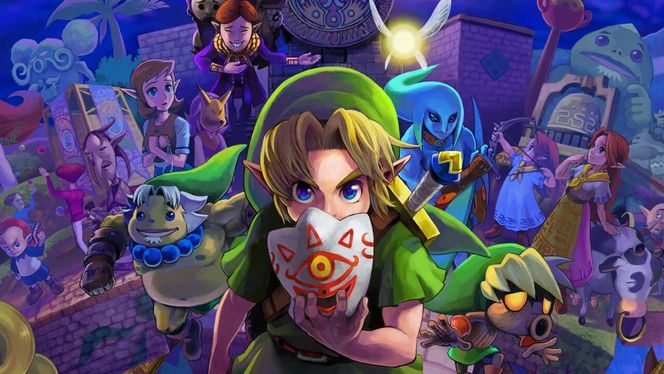
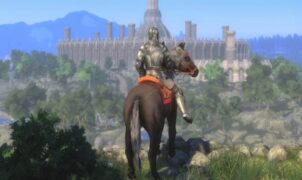
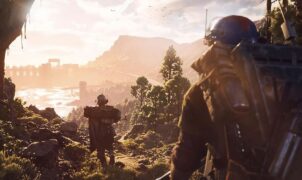


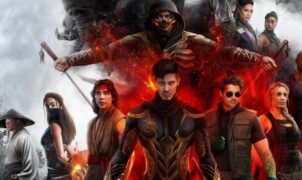
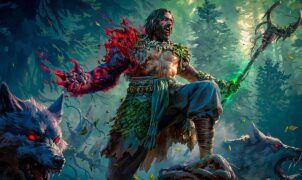
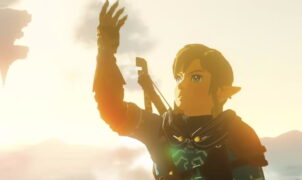

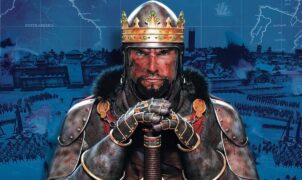

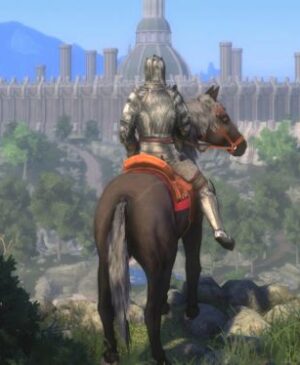
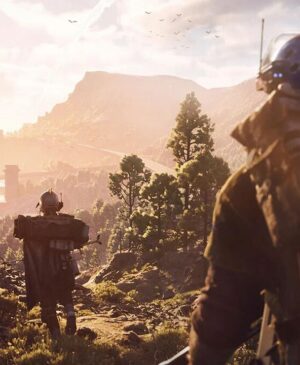
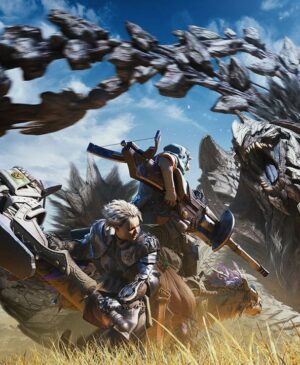

Leave a Reply